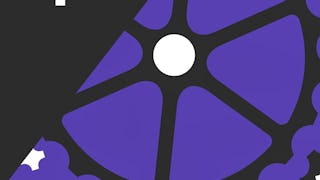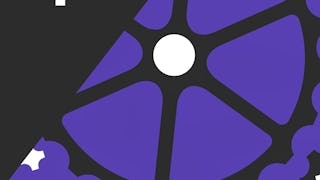The AJAX BASICS course is meticulously crafted to empower learners with the expertise to create dynamic and interactive web applications through AJAX (Asynchronous JavaScript and XML).
The first module introduces the fundamentals of AJAX, delving into its history, the revolutionary role in web development, and how it enables asynchronous data exchange. Lessons include an introduction to AJAX, understanding the basics of HTTP requests and responses, and the XMLHttpRequest object's role in AJAX. The second module leads into an in-depth exploration of JavaScript and jQuery for AJAX. The focus is on programming aspects, using JavaScript and jQuery to make AJAX requests, and handling responses. Learners will engage in hands-on exercises to reinforce their learning, understanding selectors, working with event handlers, and simplifying AJAX requests using jQuery. The third module builds upon this, navigating through different types of response formats, including JSON and XML. It provides a deep understanding of response formats' role, the advantages and disadvantages of JSON and XML, and how to parse these formats in applications. By the end of this course, you will have a solid understanding of AJAX, equipped with the knowledge and skills to apply AJAX in your web development projects, creating more dynamic and responsive web pages.





















